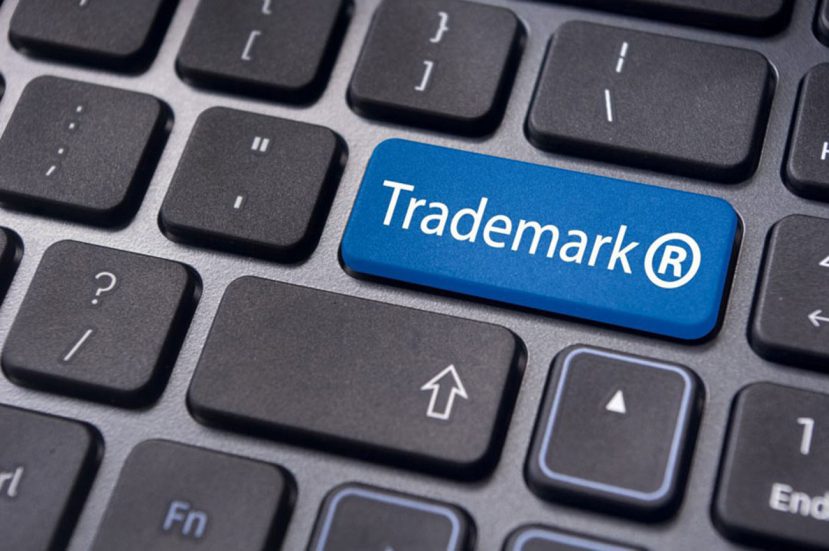Last week we highlighted the first two (of 10) trademark tips based on questions we are most often asked. If you missed that post, you can read it here. This week we share four more tips focused on the application process to help businesses of all kinds be successful business owners. If you need help with a trademark matter or have a question, please contact us.
Week 2: Top 10 Trademark Questions Answered
3. When should I file my trademark application?
Once you choose your name and conduct your availability search, you are ready to file your trademark application. You do not have to be using your trademark in interstate commerce to file. Many businesses miss out on an earlier priority date by waiting until they have use. An earlier priority date can be helpful if there is ever a dispute between parties. Under the USPTO system, trademark owners can file based on use or intent-to-use. While it is more costly and takes longer to file under intent-to-use, there are legal advantages to filing as soon as your business plans are solidified and you are ready to proceed. If you believe you will be ready to produce your good or offer your service in the next 1-2 years, this is the time to file. If you are not yet within that window, you may wish to wait. Legally, you will have 36 months to put your trademark into use once the mark is approved and the Notice of Allowance issues; however, there are certain actions you will have to take every 6 months during that time period in order to keep your application active.
4. Who owns the trademark, and, why does it matter?
Unless you are a hobbiest or a crafter, all trademark applications should be filed in the name of the company that owns the trademark. Ownership is a legal term of art and is a very important issue before the USPTO. Despite these facts, many small companies and some lawyers get this wrong on a regular basis. Failure to file in the name of the proper owner can have serious consequences for the validity of your trademark, so be sure you discuss this with a competent and qualified trademark lawyer to be sure your trademark rights are not compromised.
5. Do I need to hire a trademark lawyer?
While there is no legal requirement to be represented by counsel before the USPTO, many studies have shown that having qualified and competent trademark counsel represent you can dramatically increase your chances of successfully getting a trademark approved for registration. Just like you wouldn’t operate on yourself, it’s always a good idea to seek the assistance of counsel. The trademark laws and rules of practice are incredibly intricate and the process can be quite complicated. In fact, when you choose to file a trademark application, you are starting a legal proceeding and as such, the words you use in your application matter. The actions you take (or do not take) may affect your legal rights and having someone knowledgeable about the process to help you navigate the ins and outs of the USPTO can be invaluable. If you make a mistake when filing an application on your own, remember, the trademark fees are not refundable, and while you can always choose to hire a trademark attorney during the process, that attorney is bound by whatever decisions you have made and what you have already filed. There are very few things in a trademark application that can be amended after filing. Many small business owners usually are concerned about costs, but consider this, mistakes can be costly both in terms of money and legal rights. By spending a bit of money up front, you could save a lot of heartache down the road.
6. What is an Office Action?
An Office Action is a letter from the USPTO Trademark Examiner outlining any deficiencies in your application and asking you to correct them. These are time sensitive documents. If you do not respond by the deadline, your application will be abandoned and you will not only lose your filing fees, but you will also lose your priority date. Issues that can be raised in an Office Action can range from minor administrative issues to serious substantive refusals of registration. The top three most common issues we see raised in Office Actions are where the goods and/or services are not properly defined and need to be amended, where the specimen of use submitted with the application is not proper and a new one needs to be submitted, and where a prior registered mark or prior filed application is found that substantively prevents the application from being registered on the grounds of likelihood of confusion. In the last instance, a preliminary and/or full availability search will generally reveal this issue, but for all of these issues, the assistance of a qualified, competent attorney should prevent most of these issues from ever occurring. If you need to overcome any substantive issues of refusal like likelihood of confusion or descriptiveness, remember that legal arguments and briefs should be submitted in order to have the best chance of successfully registering your mark. In these cases, the assistance of competent, qualified trademark counsel will be invaluable.

Stacey C. Kalamaras is the founding partner of Kalamaras Law Office, LLC. She has extensive intellectual property experience with a particular focus on trademark prosecution and enforcement. She has protected some the world’s largest brands in more than 150 countries and specializes in helping small and medium sized businesses grow and protect their brands. Contact her at info@klolegal.com.
Stacey is also the founder and lead instructor of Trademarkabilities®, an online trademark academy for lawyers, whose mission it is to prepare lawyers to be confident and effective practitioners before the USPTO. To learn more, please visit https://www.trademarkabilities.com/.

